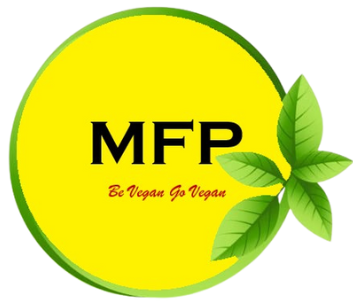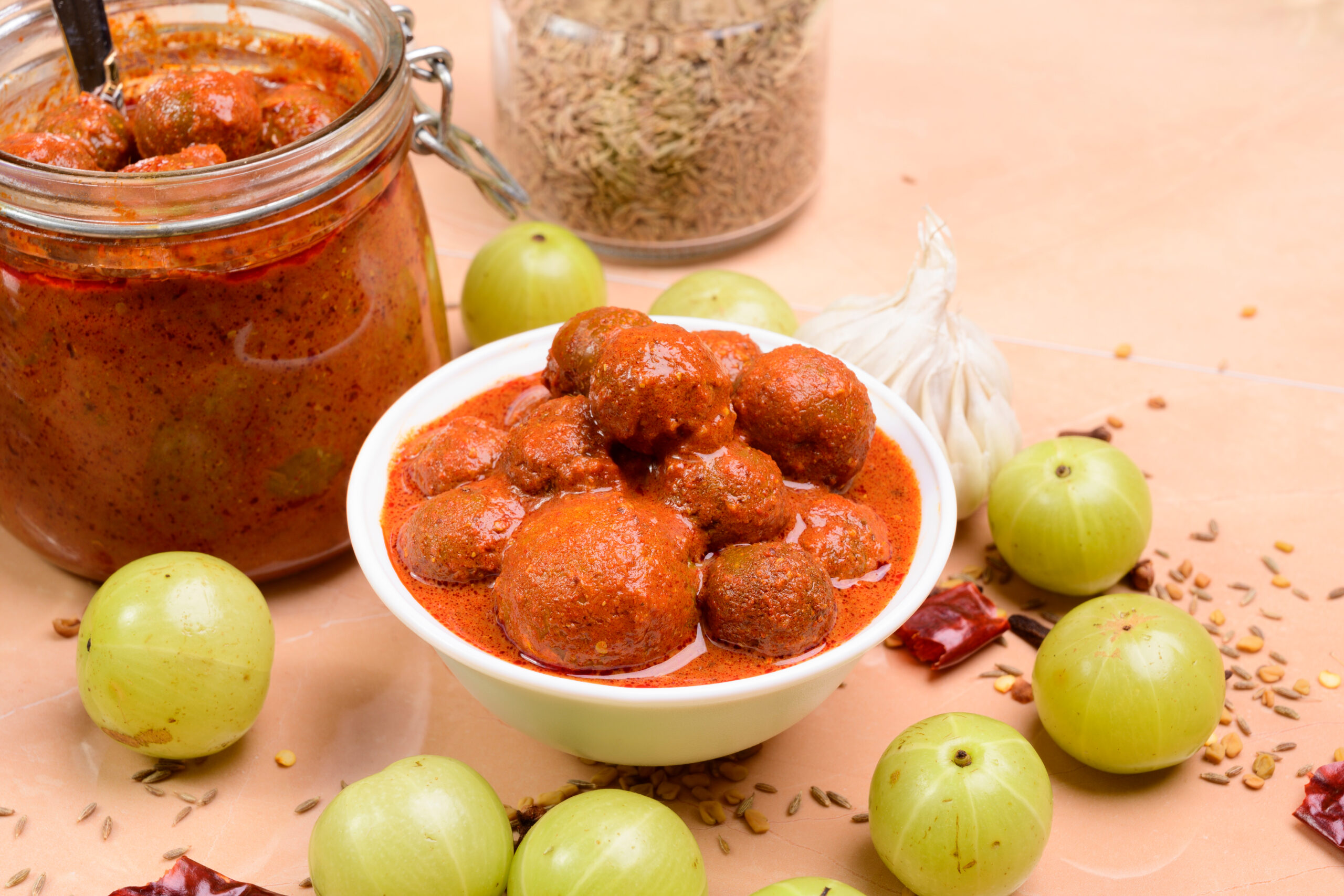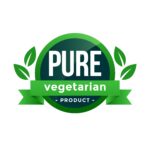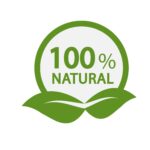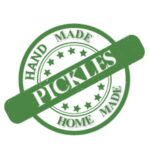Preservatives are added to pickles to slow down the growth of micro-organisms such as yeasts, bacteria and moulds in food. Preservatives are typically used to, ‘preserve’ pickles. This helps increase the shelf-life of pickles and makes sure that there is no loss of taste or flavour and to maintain the quality for longer time. Preservatives can slow down, hinder or hold the process of fermentation, degeneration or acidification of pickles.
Not all preservatives are bad though. There are basically two types of preservatives – Class I & Class II.
- Natural Preservatives (Class I):
Naturally occurring preservatives include oil, sugar and salt. Pickles can last for years because of a potent combination of salt and oil – that acts like a natural preservative for pickles. - Artificial or Chemical Preservatives (Class II):
These preservatives are also used to delay spoilage and contamination in foods, but these are artificially produced or synthetic in nature. These are mentioned as ‘additives’ in ingredients list on label – so we have to read the sticky tag carefully before we make the purchase. Pickles, ketchups, packed juices, baked goodies, spreads and jams could contain artificial preservatives like E621, E211, E281, E951, E321, E202 etc.
Class II preservatives are manmade preservatives. These preservatives include compounds such as sodium benzoate, benzoic acid, nitrites, sulfites, sodium sorbate and potassium sorbate. They are added to baked goods, canned fruits and vegetables and pickles. These alpha-numerical are found in most list of ingredients on food products packaging. As consumers, let’s be conscious of all the stuff in the ingredients list.
What are the chemical preservatives that commercial pickle manufacturers use? What are the side effects?
- Sodium benzoate (E211):
It is the sodium salt of benzoic acid, extensively used as a food preservative and a pickling agent. Based on research, when sodium benzoate reacts with vitamin C or ascorbic acid, it forms benzene, a carcinogen linked to all types of cancers and a few cardiovascular problems as well. Sodium benzoate is a well known preservative used in processed foods and beverages to make longer shelf life. 9 out of 10 times in a sample study had sodium benzoate as the main preservatives. Sodium benzoate has antibacterial and antifungal properties. It is the cheapest and most frequently used preservative. - Citric Acid (E330):
If the sulfur/sulfites are not filtered out completely during the production of citric acid, it could cause reactions for people with sensitive aspirin allergies & asthma. Chemically manufactured citric acid is used in colas, candies etc., but now increasingly in pickles. Actually citric acid will be formed naturally in the pickle by bacteria because of anaerobic fermentation. But due to time constriction and use of poor quality citrus fruits, factories will add industry grade citric acid. Therefore the artificial pickle is not equivalent to the natural one. - Acetic acid:
This may possibly be the least dangerous ingredient used. Conventional pickling leads to formation of natural acetic acid and lactic acid. A factory may not have time for the natural fermentation process. Hence commercial picklers add acetic acid directly to the pickle. The added acetic acid makes the vegetables very spongy and soggy.
Now it became clear why none of the commercially manufactured pickles which gather dust on supermarket aisles never develop fungus or mold, despite customers opening those months after they are manufactured! Although homemade pickles rarely go bad, once in a while we do get complaints of mold etc. The difficulty with homemade pickle making is it requires traditional, time tested recipes, arid climate, top notch ingredients and most importantly a lot of patience- which a commercial pickle maker who manufactures in loads won’t have these attributes. He can’t have a single batch of pickle go bad due to some bad ingredients which may have escaped quality check. This is where all these preservatives emerge.
Class II Preservatives: Harmful effects
- One of the harmful effect preservatives may trigger is asthma and bronchitis.
- Preservatives can cause problem in young children like hyperactive behaviour.
- Continuous and too much use of artificial preservatives can deteriorate heart tissues which is dangerous particularly for the aged people.
- Preservatives may contain BHA and BHT food additives that may cause cancer.
- Preservatives may cause obesity in some as it includes fatty acids especially in processed victuals.
- Preservatives may cause joint pains with swelling, stiffness, muscular and stomach pain.
- Researchers have found that certain chemical preservatives in food can cause serious health hazards such as hypersensitivity, neurological damage, and even cancer in due course.
- Preservative such as sulfites may have side effects in the form of headaches, palpitations, allergies, and even cancer.
Avoiding Preservatives:
Avoiding preservatives totally from your diet is easier said than done but reducing isn’t. One should try to reduce intake of preservatives as it causes chronic health conditions. Avoid too many packaged food items. We should prefer chemical free pickles made traditionally by people who treat it as a ritual and heritage than take a chance with industrially prepared ones. No Indian meal is complete without a bit of pickle. It is paramount to eat a chemical preservative-free diet if at all possible. Whenever you reach out next for that pickle jar in a shop, read the label carefully—avoid purchasing brands that list class II preservatives, firming agents, artificial flavours and synthetic colours.
